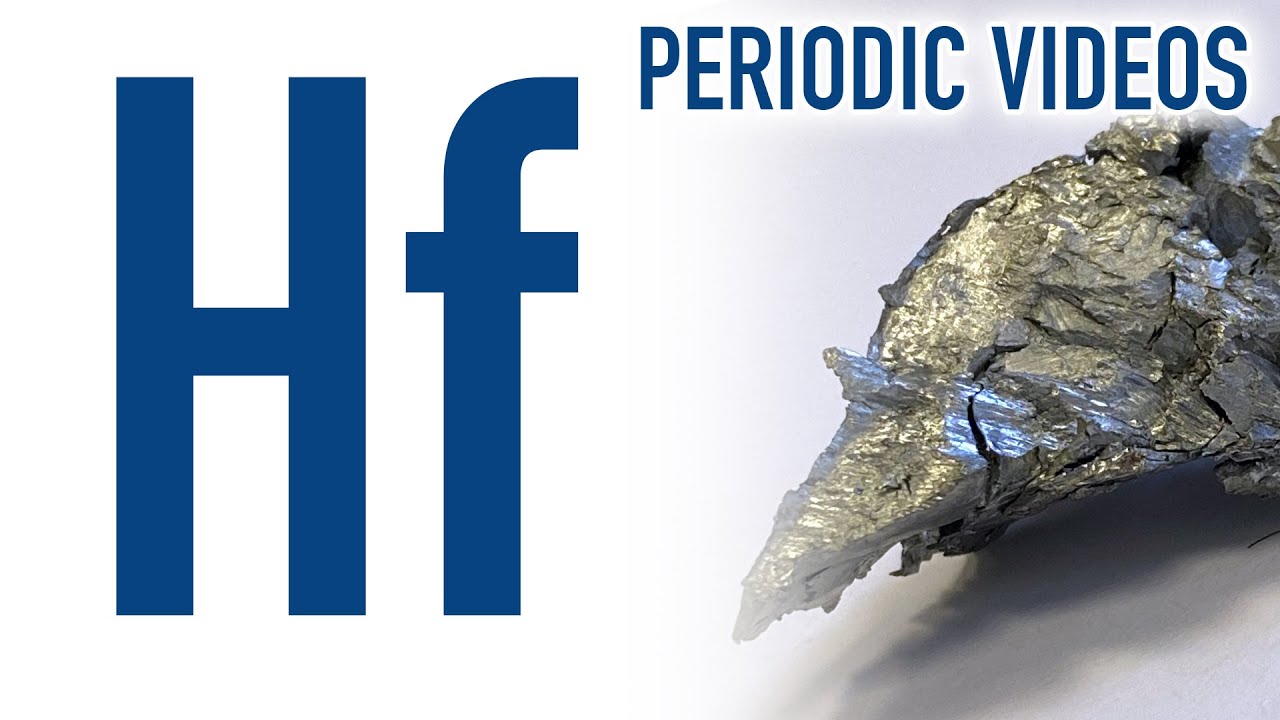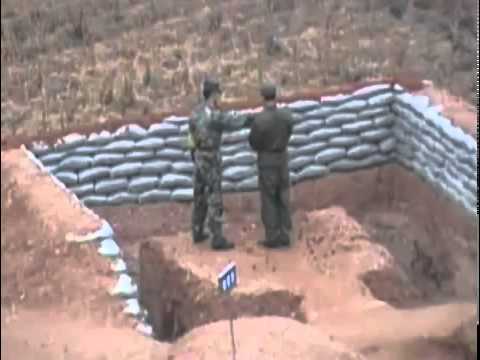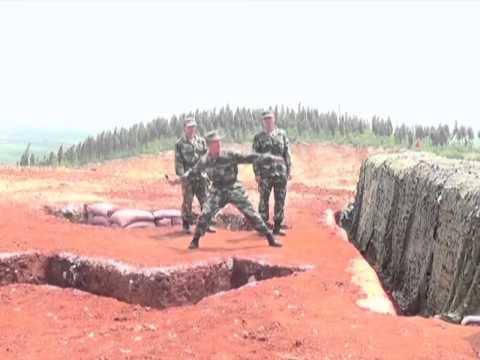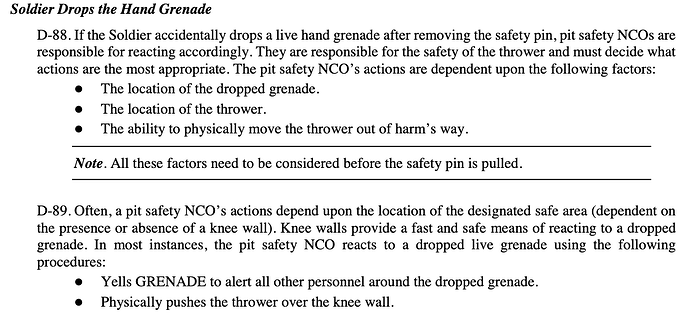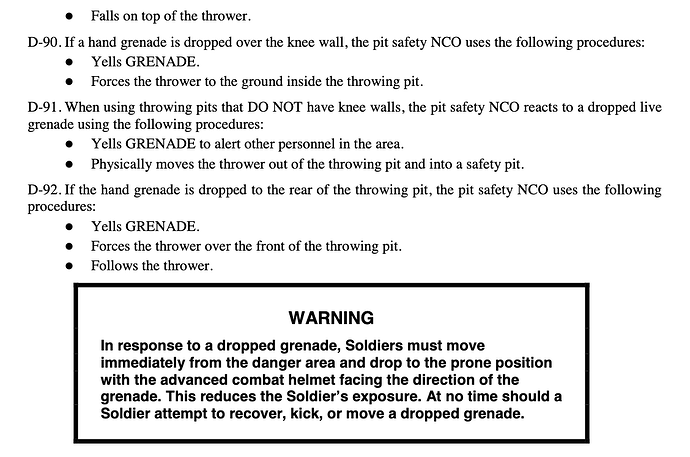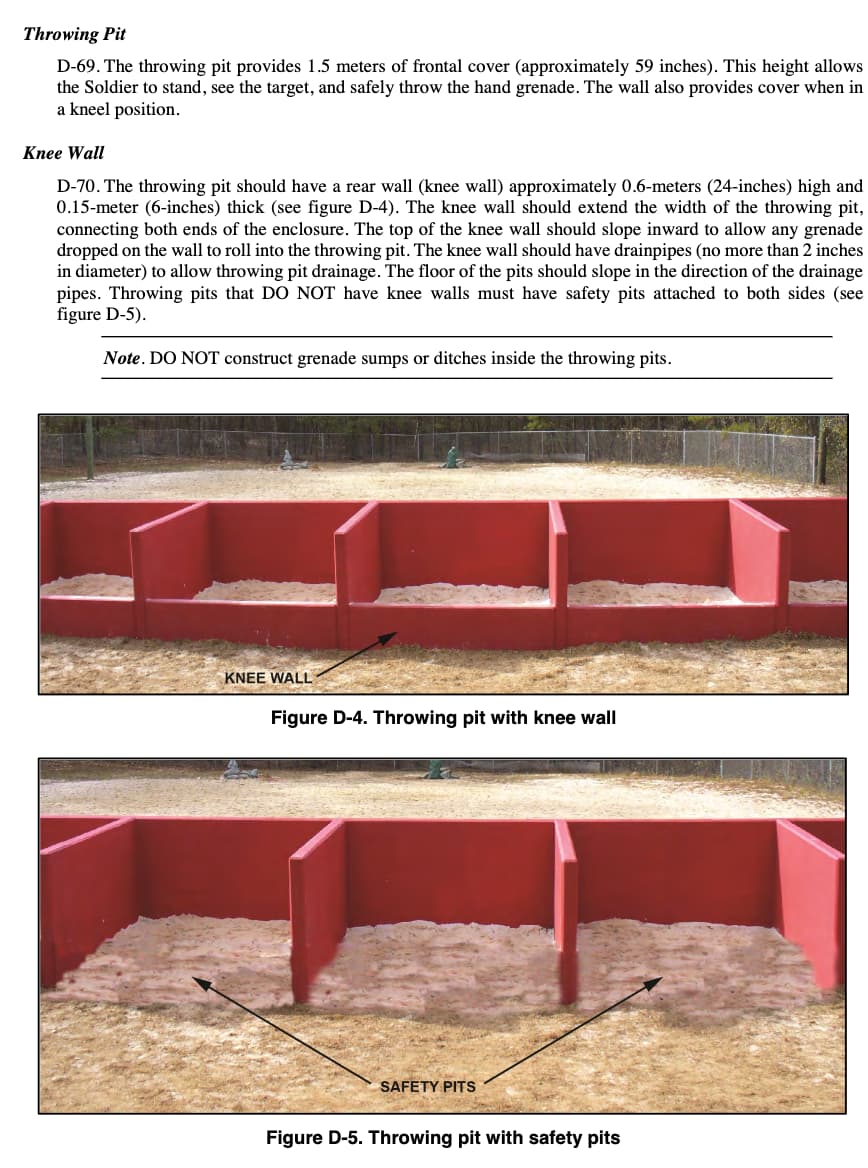The existence of hafnium was predicted as “missing element 72” in Mendeleev’s periodic table in 1869, but not isolated until 1923. It is chemically almost identical to zirconium (element 40), which appears above it in the periodic table, and, when found in ore with zirconium, is almost impossible to separate from zirconium by chemical means. It is mostly refined today by solvent extraction, using the difference in solubility of the two elements to separate them.
Hafnium has been a major headache for nuclear engineers. While zirconium is an ideal material for cladding nuclear fuel rods, as it has a very low rate of neutron absorption (capture cross section) and, mechanical strength, and resistance to high temperatures, hafnium has a very large neutron capture cross section and zirconium contaminated with hafnium is useless for reactor fuel rods. Consequently, zirconium must be purified by extracting the hafnium admixture, and this refining process is the source of most hafnium produced today.
Hafnium compounds have found application as insulating material for transistor gates in integrated circuits of 45 nanometre and smaller geometry, as they reduce leakage when used as dielectric in these small devices.
The hafnium-178m2 nuclear isomer was at the centre of the Imaginary Weapons kerfuffle of the early 2000s, when DARPA envisioned a hafnium isomer nuclear hand grenade with a yield of two kilotons. How good’s your pitching arm?
